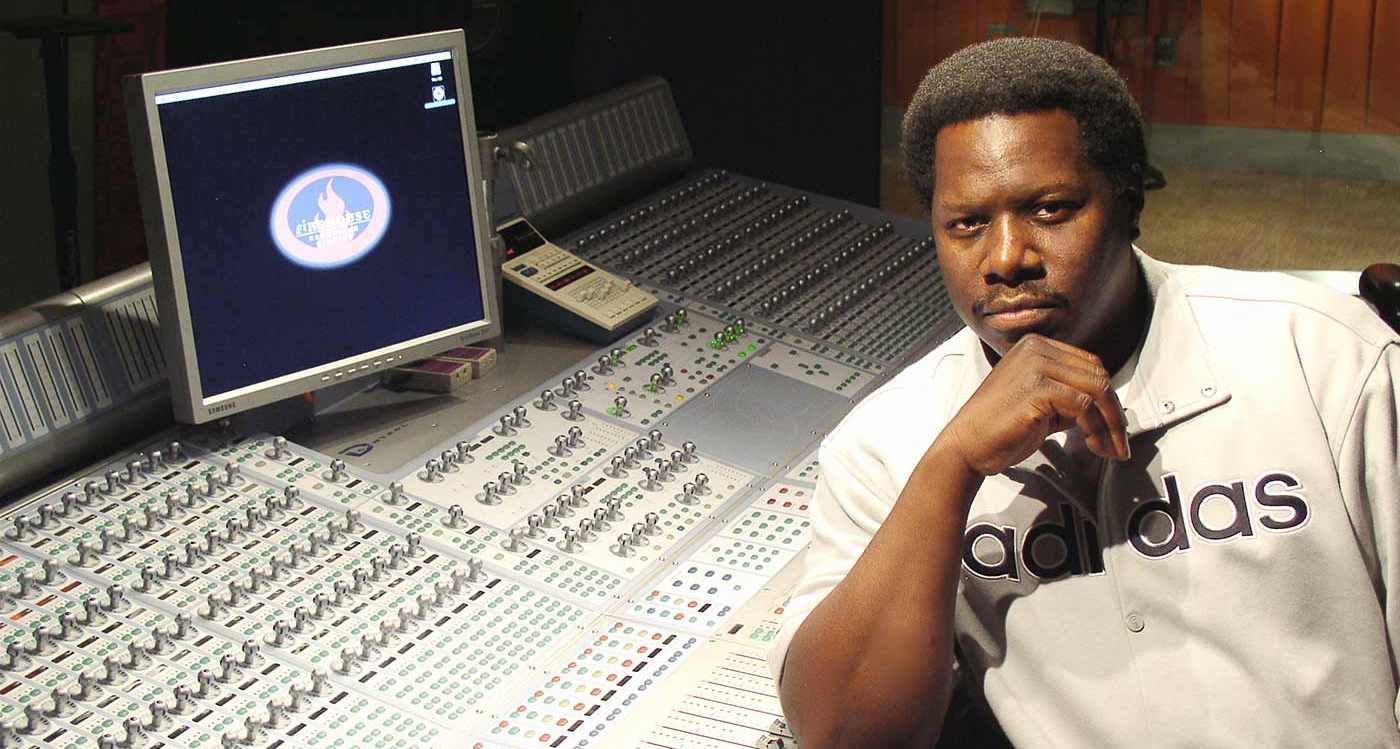Dave Isaac: A Master of Mixing and the Magic of Sonnox Plug-ins
From Stevie Wonder to Aretha Franklin, Dave Isaac’s touch is heard deep within the music of legends.
With a collection of Grammy Awards and credits spanning Stevie Wonder, Aretha Franklin, Anita Baker, Eric Clapton, Madonna, and Marcus Miller, Isaac’s talent knows no boundaries. He mixes scores for film and television, produces songs for Disney movies, and has even contributed to Seattle’s "Experience Music Project." We caught up with Isaac in LA, where he took a break from planning his new home studio to reflect on his craft and his use of Sonnox Oxford plug-ins.

The 'Everything Man' in Music
Isaac’s versatility in the music industry is legendary. “Marcus (Miller) used to call me E-Man, the 'everything man',” Isaac laughs. “I’ve worked as a producer, engineer, mix engineer, programmer, composer, arranger, musician, and music consultant. Being able to switch between different roles keeps me creative and fresh.” His adaptability has allowed him to spread his talents across music, film, and television, offering a constant change of pace that fuels his creativity.
Analog vs. Digital: Finding the Perfect Balance
“I love analog, but digital is more efficient,” Isaac explains. “Digital lets me pull up a song within seconds, while analog could take hours with machine alignment and console recalls. I still have the sound of analog in my head, so I strive for that sound even when working in digital.”
Digital lets me pull up a song within seconds, while analog could take hours with machine alignment and console recalls
This blend of old-school warmth with the speed and flexibility of digital makes Isaac a standout in both realms.
Sonnox Plug-ins: Game Changers in the Studio
Isaac has used almost every Sonnox plug-in in his extensive work. “The studio I work out of, The Firehouse in Pasadena, has them all. At home, I primarily use the SuprEsser, Inflator, and TransMod,” he notes. The SuprEsser stands out as a particular favorite. “It’s the most innovative plug-in I’ve seen in years. I thought it was just a good de-esser at first, but it’s a high-end surgical compressor or limiter. The spectrum analyzer allows me to see and adjust the entire spectrum in real-time. It’s like it’s alive!”
Using the SuprEsser Beyond Its Design
Isaac’s creativity with the SuprEsser goes beyond typical use cases. “I once had a board mix from a Burt Bacharach show with feedback issues. I used the SuprEsser to remove the feedback—it worked brilliantly, even though it's not traditionally meant for that. It’s now my go-to tool for sibilance, plosives, guitar squeaks, and even bass scratches. I call it my SuprTool! It helps me surgically remove unwanted elements while preserving harmonic frequencies, and I’m constantly spreading the word about it.”
The Inflator and Trans Mod: Adding Depth and Dynamics
“The Inflator and Trans Mod are my secret weapons for making tracks stand out,” Isaac says. “For hip-hop, R&B, or rock, the Inflator gives elements a more 'in-your-face' sound without altering their character like traditional compressors. It’s perfect for achieving compression without the color shift. The Trans Mod is great for adding bite and punch to elements that lack dynamics, or for softening sampled acoustic pianos and guitars.”
Creating Four-Dimensional Mixes
Isaac has a distinctive philosophy when it comes to mixing. “I aim for 'Four Dimensional' mixes—Height, Width, Depth, and Time,” he elaborates.
- Height: Defined by EQ and volume, determining where elements sit in the frequency spectrum.
- Width: Achieved through panning and panning width, setting the lateral placement of sounds.
- Depth: Created through reverb, reflections, and diffusion, adding a sense of front-to-back space.
- Time: Involves the timing of delays and echoes, which enhance the perceived distance and movement within the mix.
“Stevie Wonder taught me the importance of 'seeing' music,” Isaac shares. “I close my eyes to visualize the mix, making sure it’s not just left, right, and center but truly coming alive in the speakers. I strive for dynamic mixes—like our conversations, they need to rise and fall, expressing emotion. Monotone mixes lack life.”
The Power of the Home Studio
Isaac believes in the potential of the home studio: “Most big studios are just Pro Tools rooms with a big mouse or Logic setups with expensive summing mixers. For me, small, powerful workstations are enough. Plug-ins today, especially Sonnox plug-ins, can often do more than hardware could ever do. The key is knowing why you’re using a tool and mastering it.”
Guiding the Next Generation with Codec Toolbox
When not working with top artists, Isaac teaches music production at the Musicians Institute in Hollywood and UCLA. He’s an advocate for the Sonnox Codec Toolbox in his classes. “I show students how to listen to their mix in real-time, understanding the impact of encoding. It’s invaluable for students who upload their work to platforms like SoundCloud in lower resolution formats. The Codec Toolbox helps ensure their music sounds its best.”
Teaching Students to Hear Differences
Isaac emphasizes the importance of training ears early. “Students can hear the differences between formats like AAC and MP3. The Codec Toolbox makes it easy to understand these nuances. It’s crucial for software companies to think about students because they’re the next generation. Tools that are simple yet powerful will shape their workflow and acceptance of technology.”
Isaac’s wisdom and expertise not only elevate the artists he works with but also inspire the next wave of producers and engineers, reinforcing the value of seeing—and hearing—the full potential of music.
